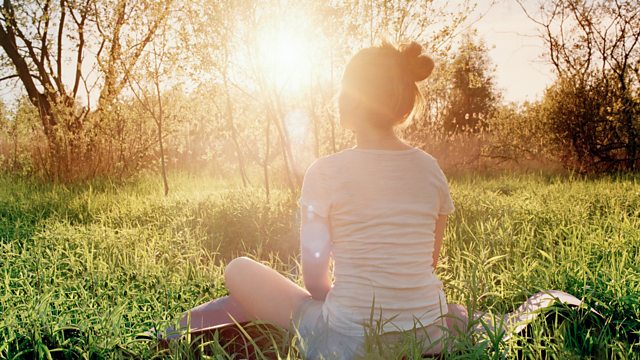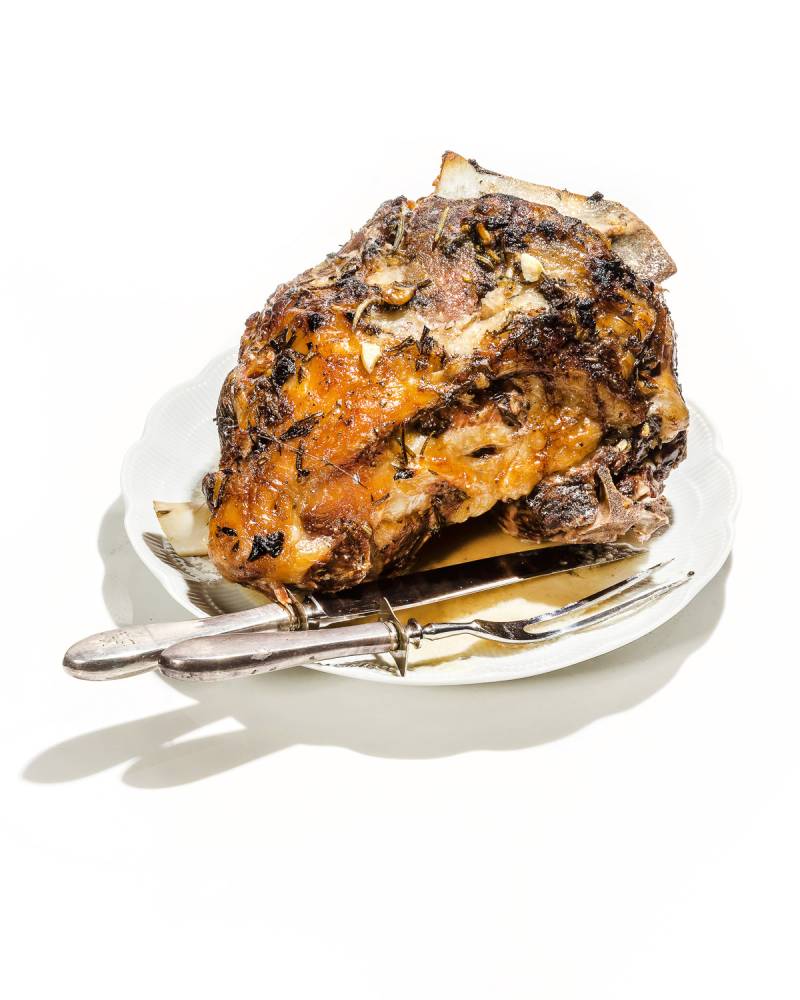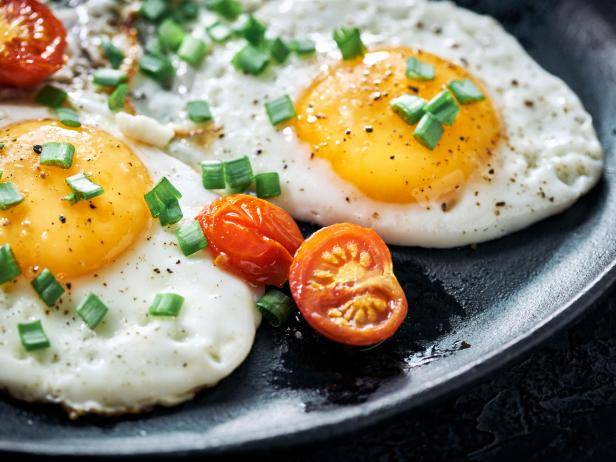Imagine spending six months of every year living in total shade. That’s what life is like for residents of the Norwegian town of Rjukan, set so low in a valley that they see no direct sunshine at all from October to March. Marnie Chesterton heads there to hear about an ingenious solution: giant mirrors that beam rays down into the town square, where locals gather to feel the reflected heat. The man behind the project was motivated by a need for winter sun, but how much difference does it really make to our health and happiness? That’s the question posed by this week’s CrowdScience listener Michael, who has noticed living in the rainy Australian city of Melbourne is taking its toll. Many pensioners claim sunshine relieves aches and pains, as well as conditions like arthritis, but one of the biggest scientific studies found temperature actually has no impact on reported pain levels, while factors like air pressure and humidity may play a role. When it comes to our mood, it seems that spending time outside is more important than feeling the heat, and the optimum temperature for wellbeing is around cool 19 degrees centigrade, while excessive warm weather has been linked to an increase in violence and crime.

Related article - Kids don’t always make you happier.

BBC World Service



